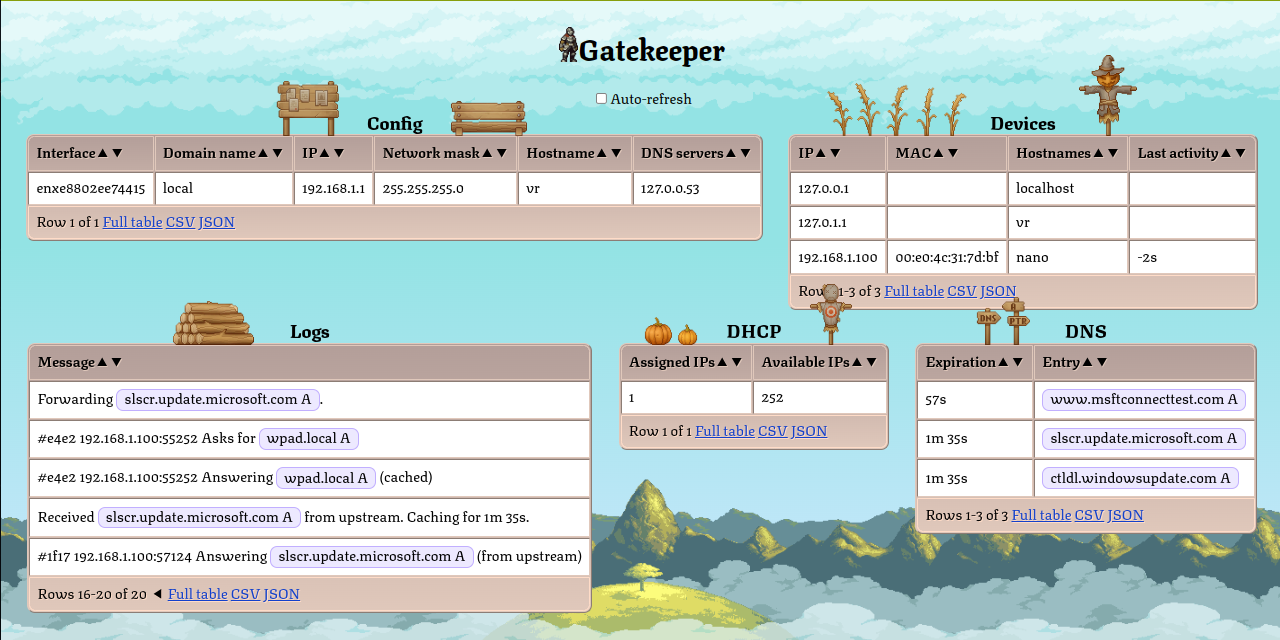

I think of demoscene, game jams, desktop pets and other sorts of small home-brew software written by & for small groups of people. There is nothing embarrassing about one-off programs. I understand that what you said is just a figure of speech and you don’t really think so (and thank you for a well thought comment) but it still makes me kind of sad to see this kind of shaming. It’s discouraging people from being creative.
I’d say my bar is already low. A toy GUI program that draws a triangle and plays a sound should work on my friend’s machine (with a different set of system libraries) and it shouldn’t randomly break when OS update bumps some library version. AFAIK something like that would require a static binary (INTERP is a no-go) and an ability to dlopen stuff at runtime.
Writing software that “just works” shouldn’t be as hard as it is.




Oh, I don’t dislike them. I love them actually. I just wish that vulkan drivers loved them as much as I do :P